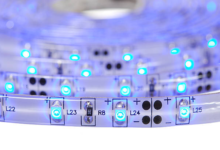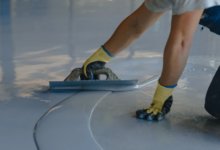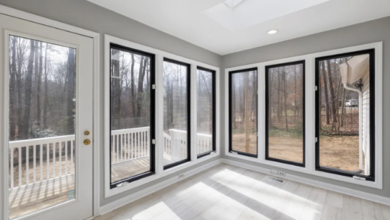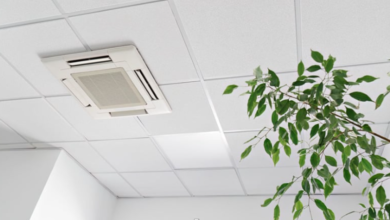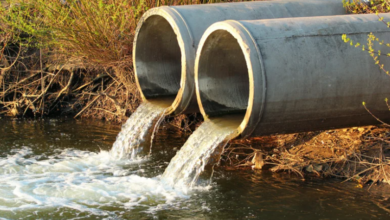How Mold Remediation Prevents Structural Damage in Your Home
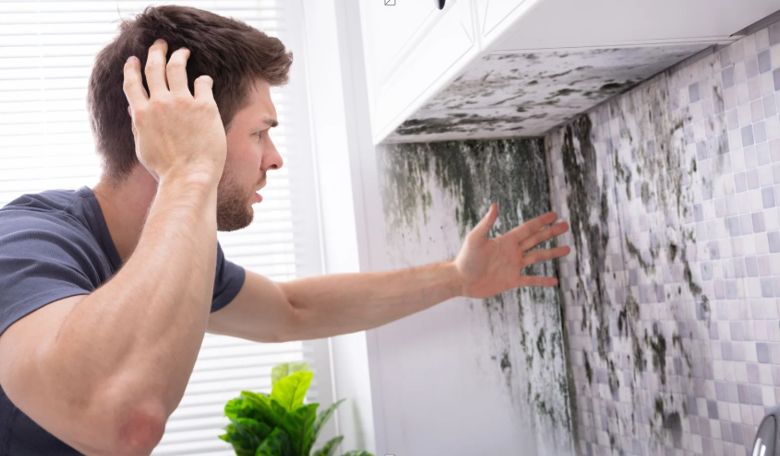
Mold is more than a cosmetic issue, it’s a biological threat that undermines the structural integrity of your home over time. While it might begin as a musty odor or faint discoloration, mold can quietly infiltrate walls, ceilings, and floors, weakening materials and spreading rapidly in moisture-prone areas. Professional services for mold remediation in Atlanta address both the symptoms and the root cause of infestation, helping homeowners protect their investment before damage becomes irreversible.
Understanding Structural Impact
Unchecked mold doesn’t just sit on surfaces, it feeds on them. Drywall, wood framing, subflooring, and insulation are all susceptible to decay when mold is left untreated. As mold breaks down these materials, it weakens the structural foundation of the home, creating safety risks and expensive repair demands. Even a small leak can lead to massive infestations behind walls, where they silently deteriorate the framework of a building. Mold remediation is the only process that effectively stops this destruction and prevents further compromise to the building’s integrity.
What the Remediation Process Involves
The mold remediation process includes inspection, containment, removal, and post-treatment air filtration. This thorough approach ensures the mold is not just cleaned up, but eliminated from all contaminated surfaces and air systems. It’s also important to identify the moisture source, whether it’s a hidden leak, high humidity, or poor ventilation, to prevent future growth. A clear explanation of the mold remediation process reveals why professional intervention is non-negotiable for long-term protection. This methodical process minimizes property damage while restoring a safe, mold-free environment.
The Risks of Non-Professional Approaches
Some homeowners may be tempted to handle mold cleanup themselves, especially for visible surface stains. However, improper handling can cause spores to release into the air and spread to unaffected areas. This not only worsens contamination but also elevates health risks. Disturbing mold without protective equipment or containment can lead to respiratory issues, allergic reactions, and chronic illness. Recognizing why DIY mold removal is risky and should be left to experts highlights the dangers of cutting corners and underscores the importance of trained professionals for safe, complete remediation.
See also: How Contractors Help Homeowners Avoid Common Renovation Pitfalls
Long-Term Value and Prevention
Professional mold remediation doesn’t just fix a current problem; it prevents future ones. By eliminating active mold and correcting underlying causes, this service stops the cycle of recurrence. This preventive aspect protects drywall, wood framing, and flooring from recurring damage. It also preserves the market value of the home by maintaining structural integrity and ensuring compliance with building safety standards. In real estate transactions, documented remediation can even serve as a value-adding point of reassurance to prospective buyers.
Conclusion
Mold remediation is essential for preserving the structure, safety, and livability of any home. It prevents wood rot, drywall decay, and long-term damage that can cost thousands to repair. By opting for professional remediation services, homeowners ensure that mold is completely removed and that the conditions supporting its growth are permanently resolved.
More importantly, expert remediation helps avoid the hidden consequences of mold, those that threaten both the home’s foundation and its occupants’ health. Acting early not only protects your property but also reinforces peace of mind, knowing the environment is safe, stable, and built to last.

